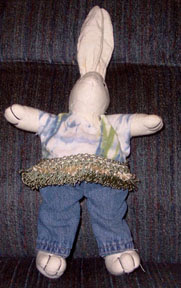Whenever we choose to love an animal, we open ourselves up for the heartbreak caused by the fleetingness of their lives. They always leave us too soon.
In the past week, I've seen two videos about elderly dogs. This is about Baxter, a chow mix who died last week at age 19. Melissa James, Baxter's person, wrote a book called Moments With Baxter, about his career as a Hospice Therapy Dog
read more about Baxter and his work at Melissa's website
The other video features Otto, a 20 year old dachshund-terrier mix living in the UK who has been officially named (I don't know by whom) as the world's oldest dog. He seems extremely spritely, I would never have guessed he was that old.
I took Juniper to the vet tonight for a Bordetella booster in preparation for a trip. While there, I asked our vet about a flu vaccination (see comment on the last post for more about that) and about some arthritis issues I thought she might be having. After a blood test to rule out Lyme disease (my vet tells me that 68% of dogs who present the symptoms Juniper was showing are Lyme positive)we talked about what to watch for and what to do if her front leg stiffness gets worse. At 5 years old, I still think of her as a relatively young dog. However, she is always one of the older dogs at the dog park; most dogs who come there are less than 2 years old.
How to Create Dog Training Videos for Your YouTube Channel – 2024 Guide
-
Since we live in a day and age where a lot of digital content comes in the
form of video, nobody should be surprised why YouTube is the most popular
plat...
1 year ago

















